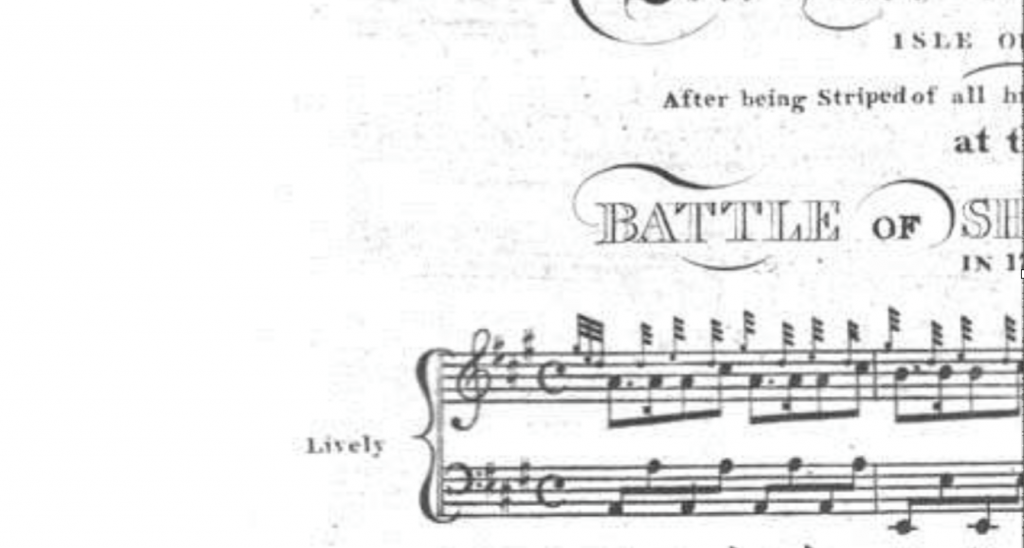I have been struggling with how to interpret this particularly interesting note in Donald MacDonald’s book, where it is entitled, “Is fhada mar seo the sinn”:
For Allan MacDonald, the answer is obvious:
The song and title refer to a right of passage, where the young men from a particular area of the highlands would go and “lift” cattle from the lowlands, which territory had been once been their own.
A bit of tit-for-tat, apparently.
Regardless, “lively” suddenly takes a very real form, and the resulting performance certainly brings about a different experience of the tune than it’s slower version.


Ailean went over this tune with us at Feis Seattle in 2014. His insights are an inspiration and liberating.
I think Donald MacDonald did not have the entire tune, as he seems to have got this from the Hannay-MacAulay Ms, where it is nameless, and may be responsible for attaching the story to it, previously associated with a different piece, Ishberri Bridge, or Atholl’s Salute. In the Nether Lorne Ms it is called ‘MacFarlane’s Gathering’.
Sir Walter Scott mentioned the song and its association with the clan MacFarlane, who were so notorious for this activity that the crown had them re-settled in other parts of Scotland.
This looks like a variation, as it lacks the stressed ending typical of the urlar, and of the phrase ‘Togail nam Bo’ from the song based on that air.
I play it as the first variation, where it suggests the trotting of cattle being hurried along by their new owners, and makes a brisker contrast with the ground. (This involves making one’s own arrangement.)
I play this setting on a regular basis.
I am somewhat confused. In the above scan, the tempo is described as ‘Lively’.
In my copy (EP, 1974) however, the tempo is described as ‘Slow & Distinct’.
Can anyone explain this?
I’ve answered my own question! See page 78 of Donald MacDonald’s Collection of Piobaireachd edited by Cannon and Sanger (2006).
I am uncertain of the transmission history, and have done little research on it.
What I am certain of, however, is that it is very complex. Clearly there are regional variants at work. And Hannay-MacAuslan’s anonymous transcriber provides evidence of even greater performancial variability (the frequent Urlar returns; the doubling of the Urlar prior to the crunluath variation; the presence of the otherwise unknown triplet variation). In light of it, I would hesitate to conclude Hannay-MacAuslan and Donald MacDonald’s version was incomplete. Instead, I would argue that it provides very early witness to the kind of creativity inherent in musical aural-oral transmission through time and across locations.
So, it should come as no surprise that I am not particularly concerned with looking for an Ur-Quelle, an authoritative, mythical original “source” for the tune by which to gauge my interpretation. I am very happy to allow for, perform and even celebrate the variability: play it slowly, play it quickly; play it as a breabach, play it as open fosgailthe; play it with multiple urlar returns or only a few. Choose a manuscript and respect the testimony it offers regarding the interpretation.
In this case, the “MacDonald” transmission says “Lively”, and I’ve been pondering how best to do so with out it becoming a reel(!). And Ailean’s insights I found to be very helpful and informative!